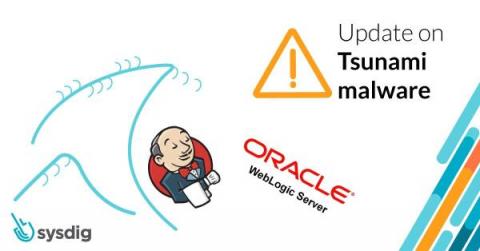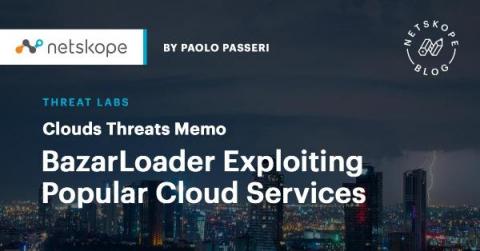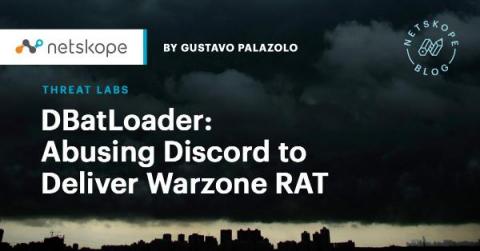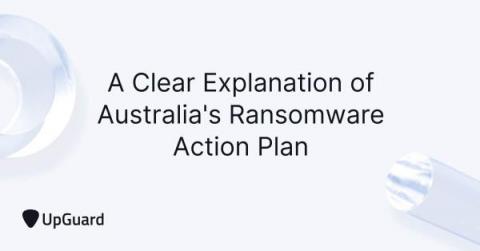Threat news: Tsunami malware mutated. Now targeting Jenkins and Weblogic services
The Tsunami malware is back! Although it appeared for the first time several years ago, the Sysdig Research Team has just discovered a new sample of Tsunami malware targeting Jenkins and Weblogic services deployed in Kubernetes clusters. The Tsunami malware is a backdoor that gives the attackers full control over the infected systems. Indeed the targeted machines, once infected, communicate with an IRC server waiting for new commands to be executed.











